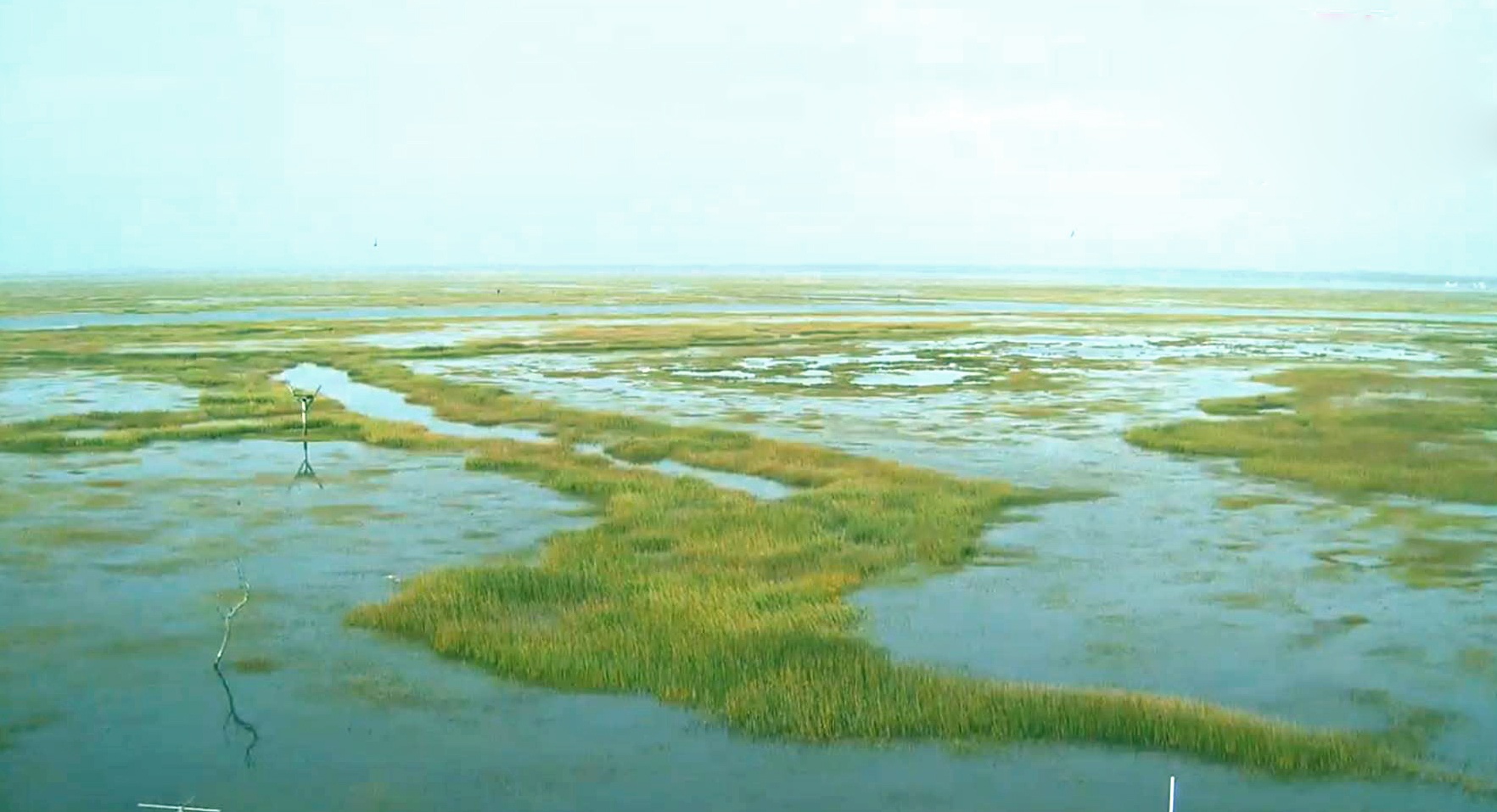
Many have written on the importance of wetlands for their role as biodiversity hotspots, their importance as a control of climate conditions, their significant contribution to commercial fisheries, and value for the protective services they provide our communities. Yet wetlands have long been under attack. In the late 1960’s, the threat came from unchecked, rampant development consuming vast acreage of marsh. Today, the threats to marshes are again acute. The onslaught of rapidly rising seas is at the forefront of issues affecting the entire tidal marsh system of the Atlantic seaboard, ocean beaches, and our coastal communities. The change is already here. It is being seen in the notable increase in flooding of coastal community streets on sunny days; in the never ending cycle of eroding beaches; in the number of days each month that the marshes are underwater. These are all visual reminders that sea level has risen.
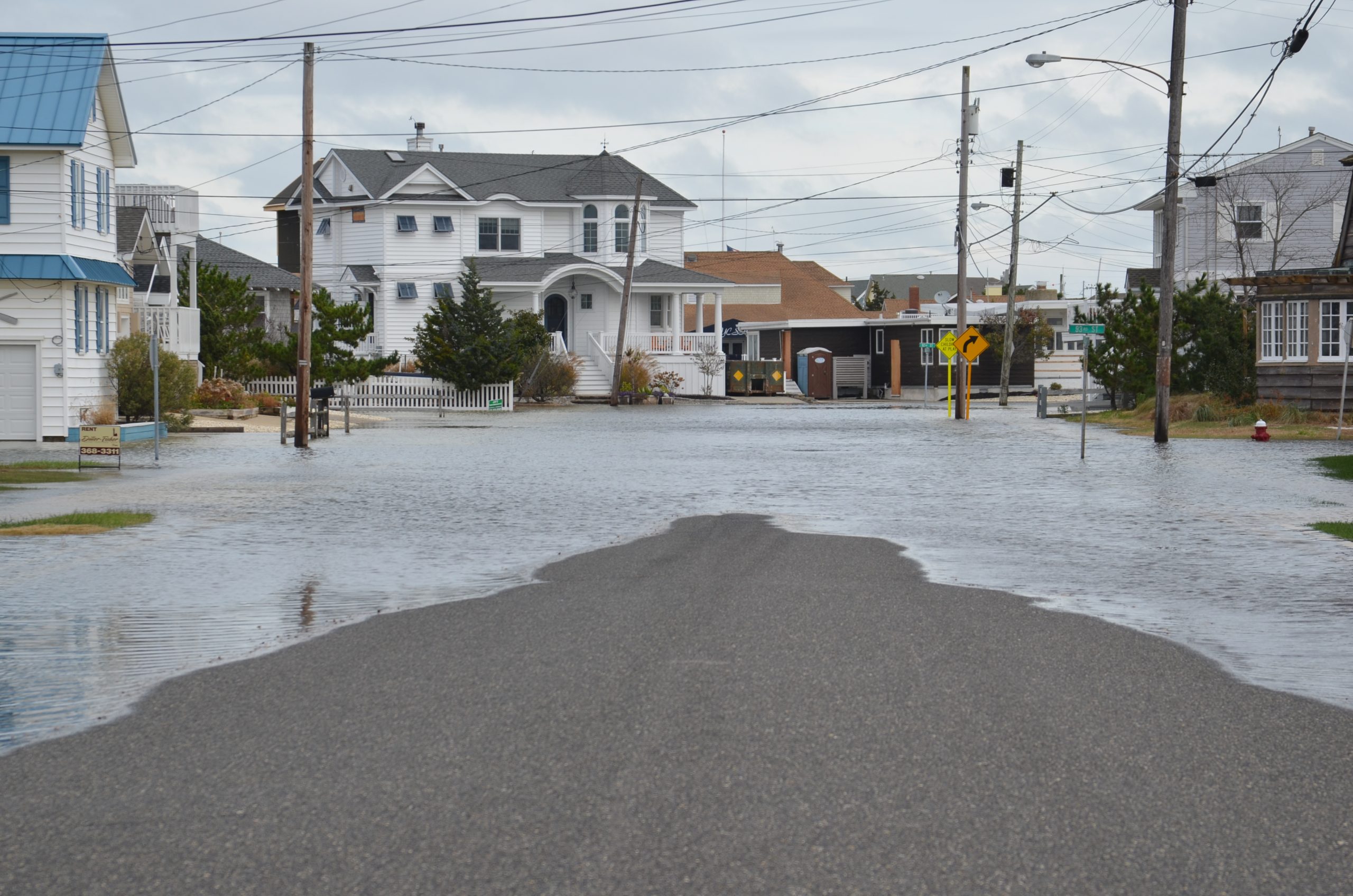
For scientists studying these marshes and the wildlife that depend on them, there is more concern. The rate of sea level rise is now too fast for our marshes to keep pace. New Jersey’s marshes are flooding too frequently altering the structure of tidal marshes; too fast for marsh nesting birds to successfully nest and rear their young, and critical questions emerge about the changing roles of wetlands for storm protection and as a life-support system for fisheries and migratory birds. Without intervention, our marshes, beaches, and the back bay itself will be dramatically different.
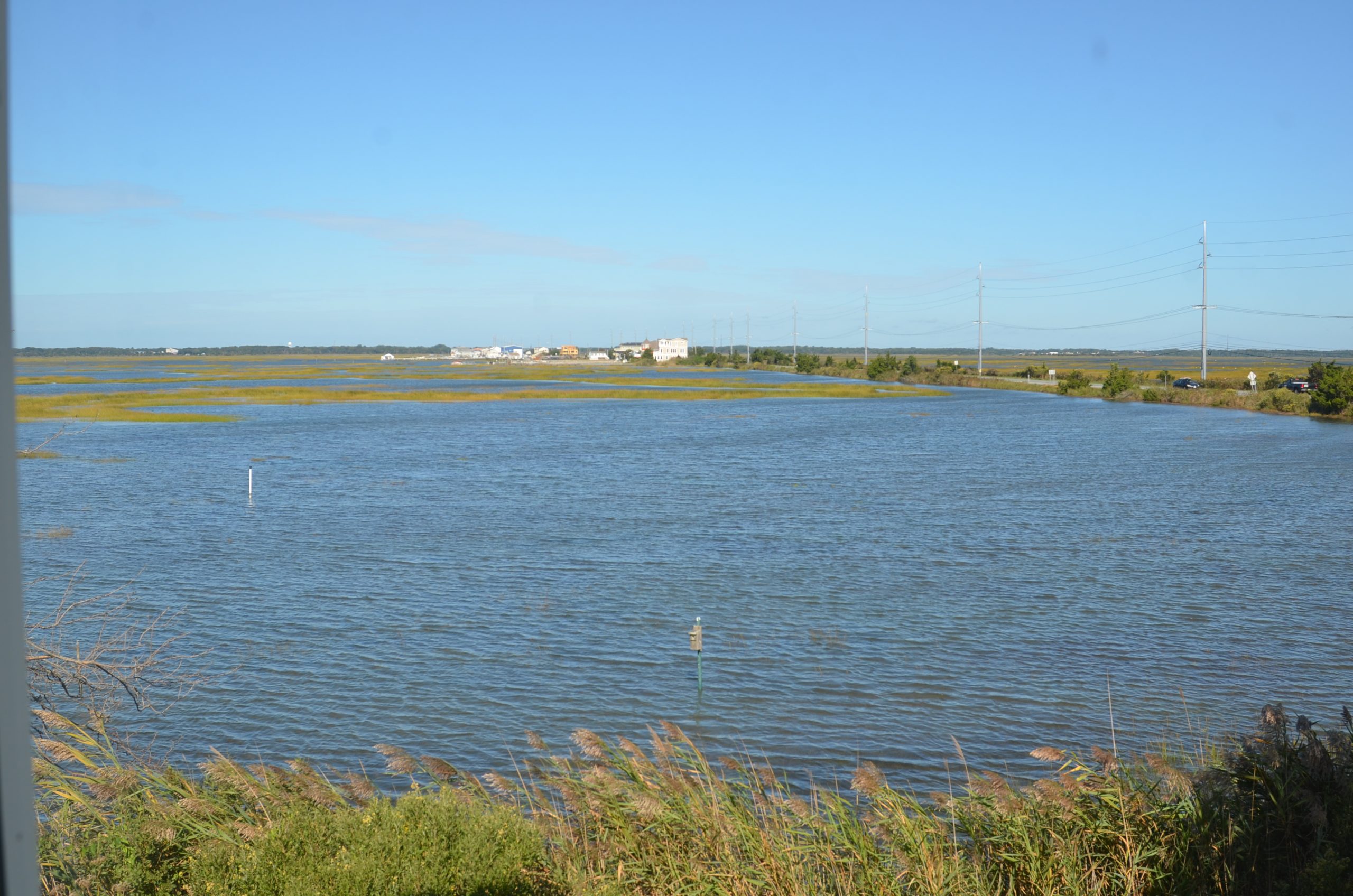
A promising intervention lies in the beneficial use of clean dredged material as a tool to restore wetlands, slow wetland loss, and create and enhance habitat for wildlife that are losing habitat to rising seas. Sediment is a critical asset to marshes, and a key tenet of beneficial use projects is to keep this sediment in the system – while using a combination of engineering and natural processes to enhance and protect marshes. This relatively new approach involves developing new engineering tools, understanding the environmental needs of the marshes and their response to interventions, and a new regulatory framework to permit the activities.
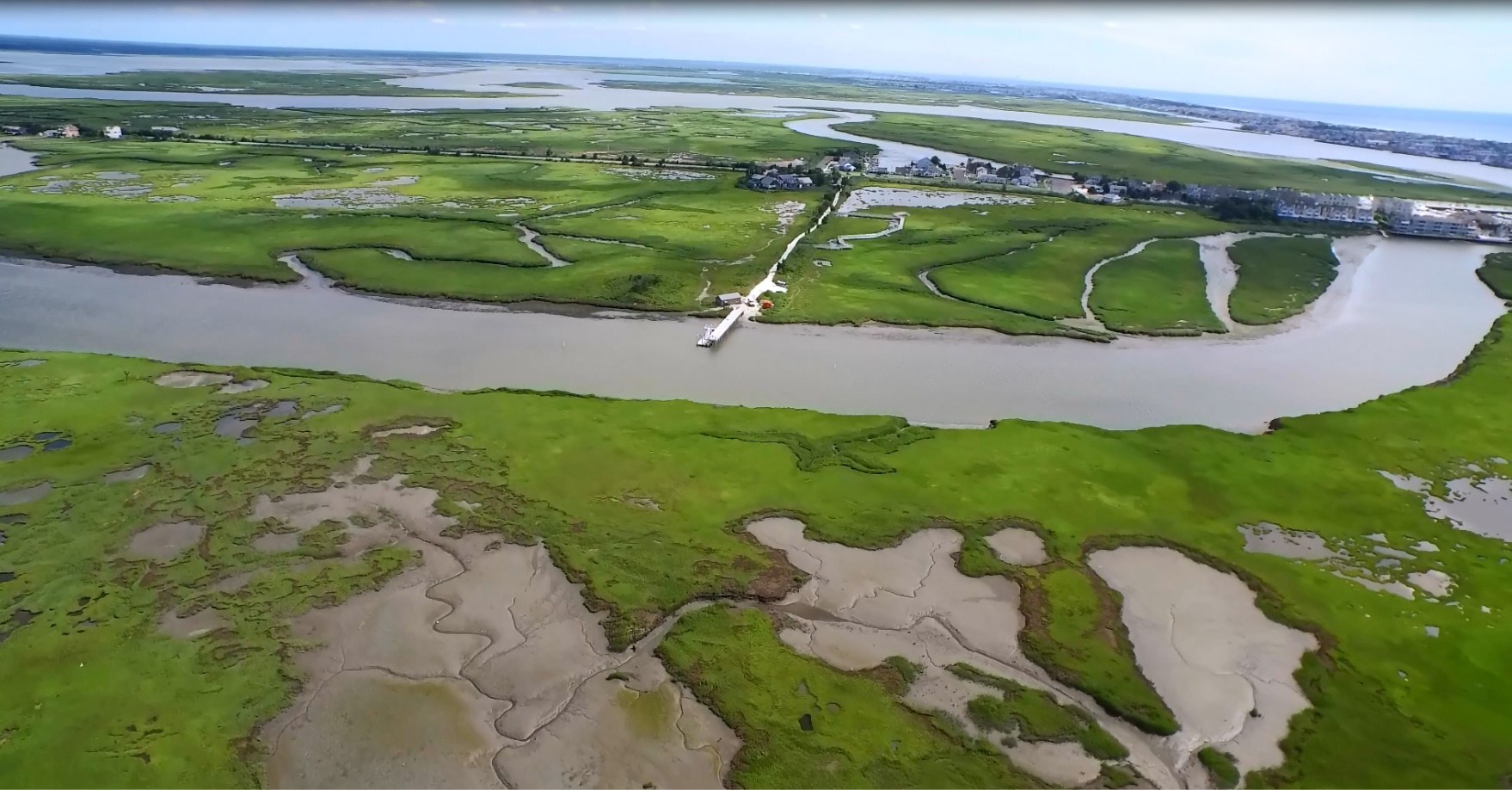
To address these challenges, in Spring 2019, the U.S. Army Corps of Engineers (USACE) Philadelphia District partnered with the State of New Jersey, The Wetlands Institute, and the USACE Engineer Research and Development Center to create the Seven Mile Island Innovation Laboratory (SMIIL). The initiative is designed to advance and improve dredging and marsh restoration techniques in coastal New Jersey through innovative research, collaboration, knowledge sharing, and practical application. The lab is based on a Dutch concept, and effectively created a think-tank that brings together the key expertise needed to be innovative and effective.
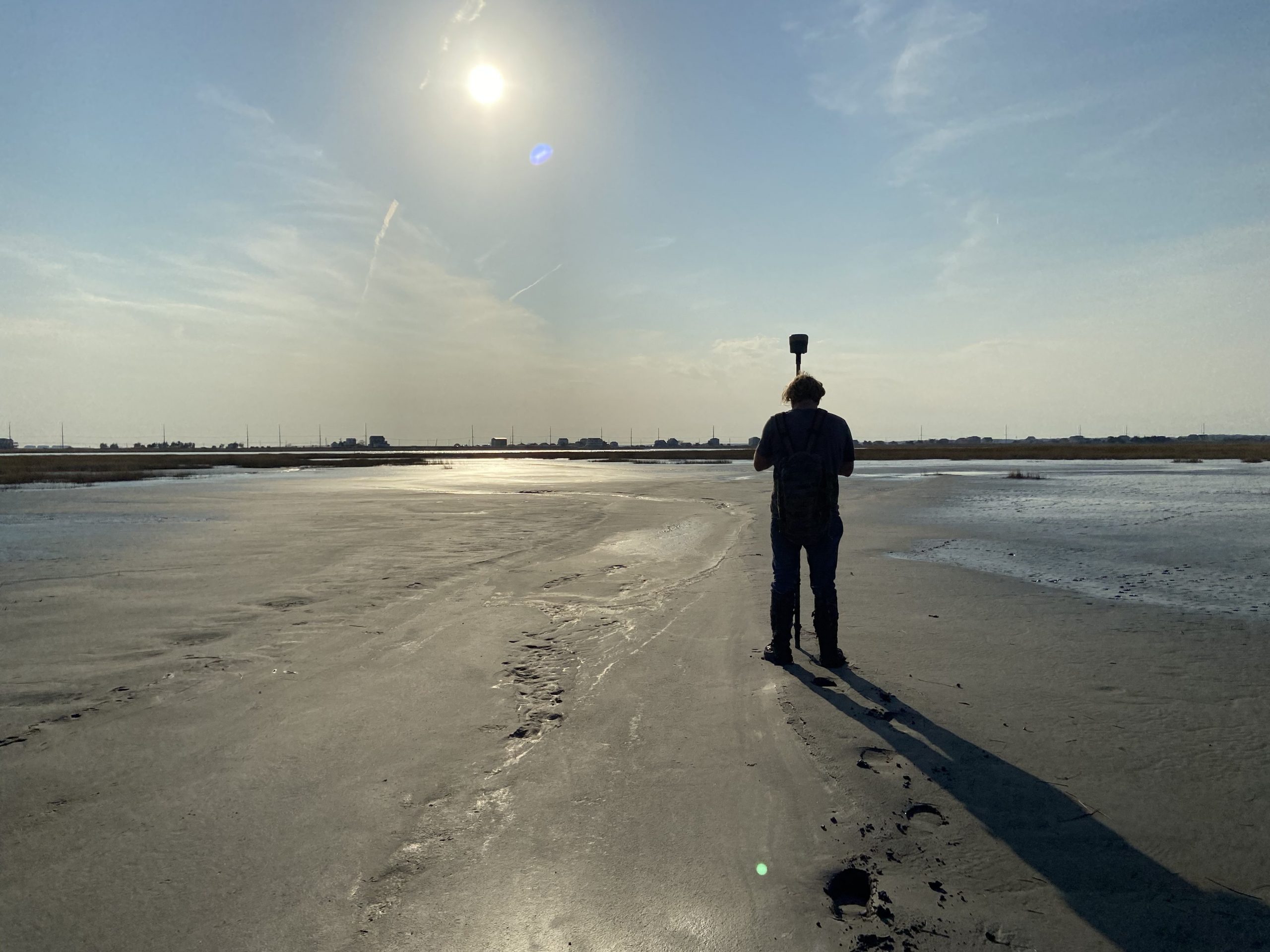
SMIIL has brought significant resources to the marshes and back bays of southern New Jersey and is driving on-the-ground projects that bring direct benefits to our marshes, our communities, and the wildlife that we all value. To date there have been eight projects constructed within the SMIIL including a wetland restoration project to raise marsh elevation and fill expanding marsh pools over a 35-acre marsh island near Avalon. Two additional projects utilized dredged sand to build elevated nesting habitats for colonial beach nesting bird species on Ring Island and Great Flats, two marsh islands near Stone Harbor. These include several state endangered and threatened species like Black Skimmers, Common and Least Terns, and American Oystercatchers that are losing suitable nesting habitat to flooding, development, and recreational use conflicts on area beaches. These projects have also benefitted diamondback terrapins and horseshoe crabs that quickly found the sites and use them for nesting.
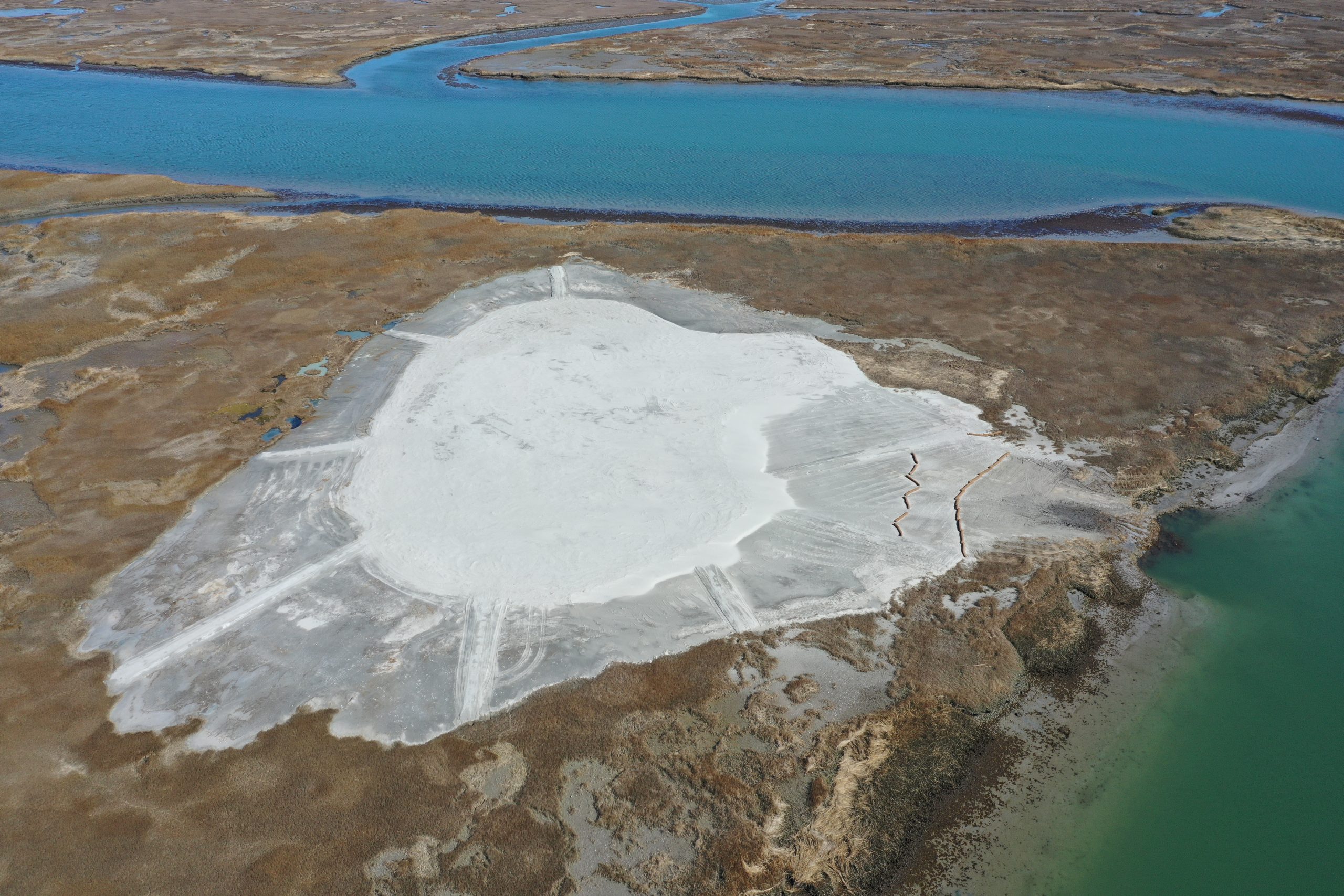
In March 2020, SMIIL partners began an elevation enhancement project on Sturgeon Island, a marsh island in Great Sound. The island hosts a wading bird nesting colony that has been utilizing the shrubby habitat created by dredge material placement prior to the 1970’s. Sturgeon Island, along with neighboring Gull Island, are the nesting sites for more than one-quarter of the state’s wading birds. These include many of our favorite marsh birds like Great and Snowy Egrets, Little Blue and Tricolored Herons, and Glossy Ibis. Habitat degradation is resulting in decreased nesting success and both islands are drowning.
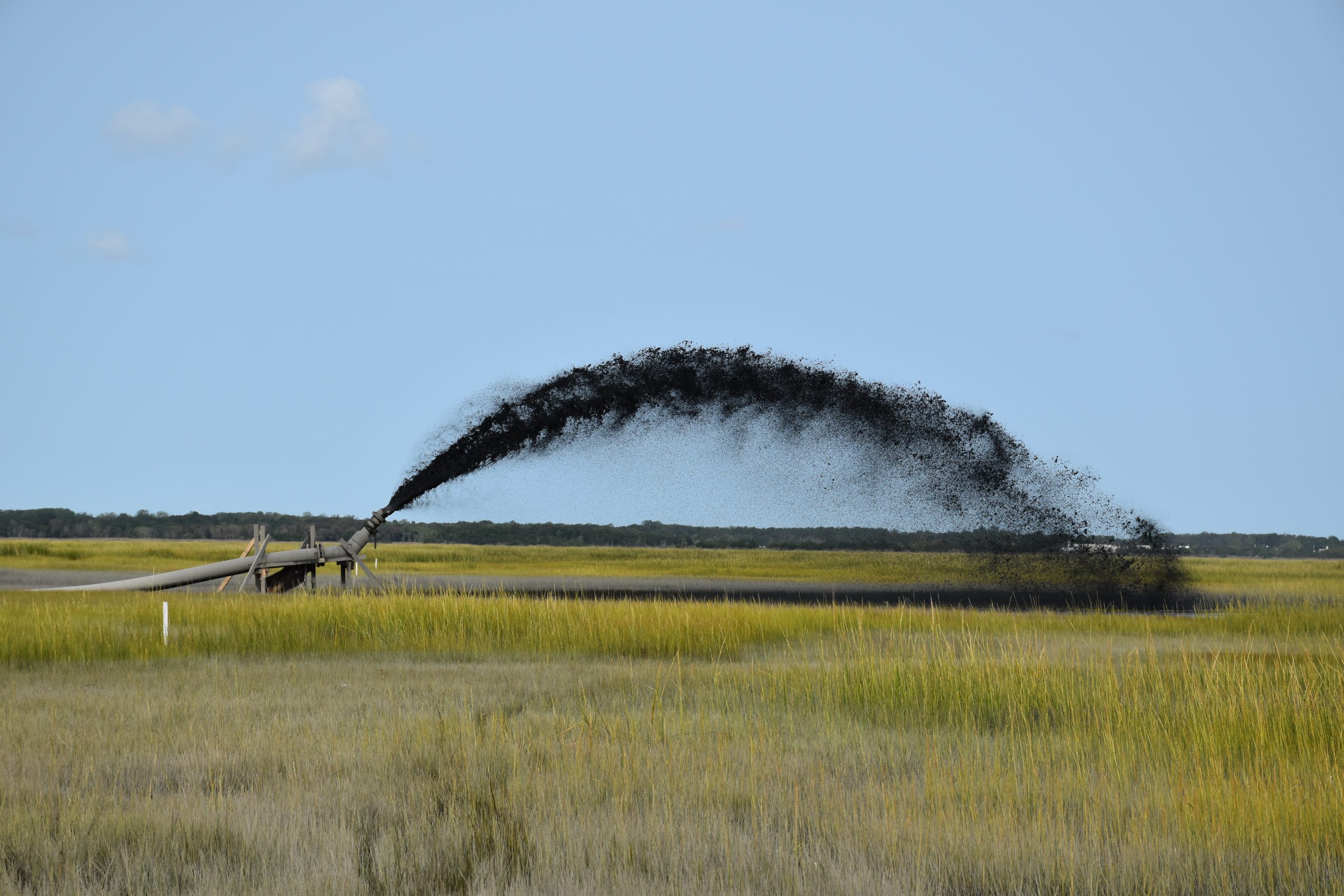
Sturgeon Island was a test bed for the development of several new dredging and material placement tools that were then implemented in fall 2021, when work resumed at Sturgeon and Gull Islands. The Gull Island project enhanced marsh resilience through elevation enhancement, restored portions of the island that had gotten so low that marsh grass could no longer be found there, and created sandy marsh edge protection features – an experimental approach to try to intercept breaking waves (predominantly from boat wakes) from damaging the marsh edge. Nearly 65,000 cubic yards of clean dredged materials were used to enhance more than 30 acres of marsh, helping clear the shoaling that is affecting navigation in an important reach of the NJ Intracoastal Waterway – a winning combination.

To help monitor the project effectiveness and contribute to the expansion of these types of projects, SMIIL project partners installed seven marsh and waterway research platforms. Each platform includes data collection instruments that will help researchers study waterways and wetlands, and monitor recent dredging and marsh restoration projects.
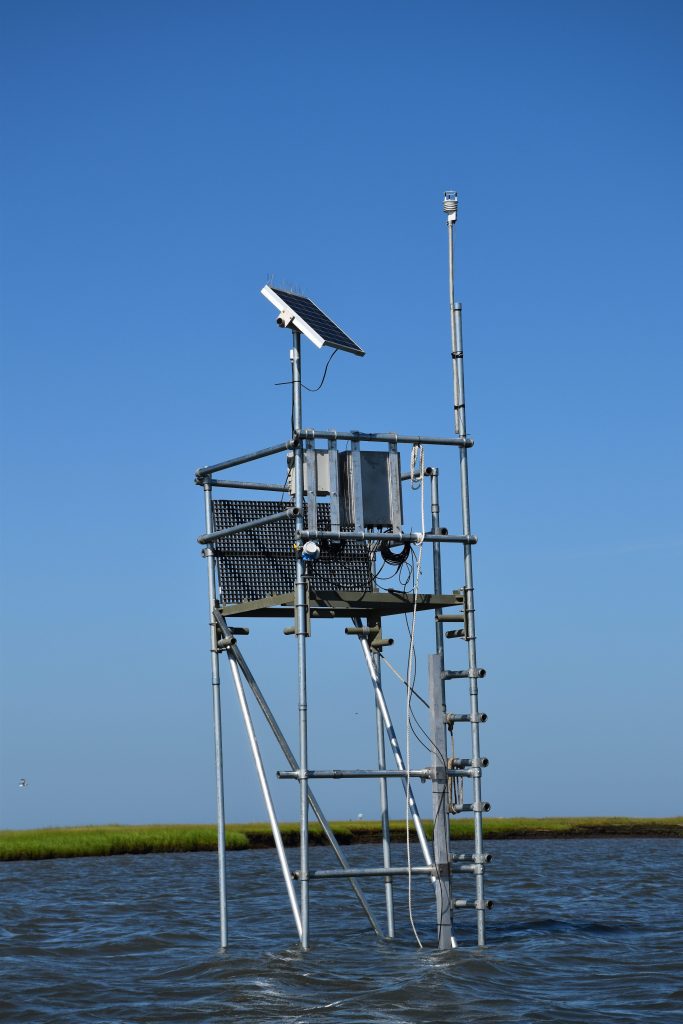
Beneficial use projects provide an innovate approach to restoring and protecting our tidal marshes and one of the only likely approaches that can be scaled to the level needed for the long-term health and viability of these crucial ecosystems. To learn more, visit wetlandsinstitute.org/smiil.

Lenore P. Tedesco, PhD
Executive Director, The Wetlands Institute